
The brown hairstreak is a butterfly in the family Lycaenidae. The range includes most of the Palaearctic.

The grey dagger is a moth of the family Noctuidae.

The poplar admiral is a butterfly in the Limenitidine clade of the family Nymphalidae.

The scarce large blue is a species of butterfly in the family Lycaenidae. It is found in Austria, Slovenia, Croatia, the Czech Republic, France, Georgia, Germany, Hungary, Italy, Japan, Kazakhstan, Mongolia, Poland, Romania, Russia, northern Serbia, Spain, Switzerland, and Ukraine and East across the Palearctic to Japan. The species was first described by Johann Andreas Benignus Bergsträsser in 1779.

Coenonympha oedippus, the false ringlet, is a species of butterfly in the subfamily Satyrinae. It is found in Austria, Belgium, the Netherlands, France, Hungary, Italy, Japan, Kazakhstan, Liechtenstein, Mongolia, Poland, Russia, Slovakia, Slovenia, Spain, Switzerland, and Ukraine. It is extirpated from Bulgaria, Germany, and Slovakia.

Favonius is a Palearctic genus of butterflies in the family Lycaenidae.
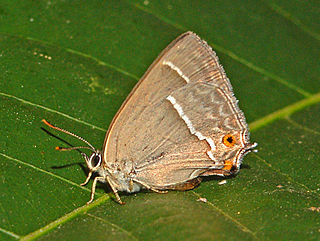
Neozephyrus is a genus of butterflies in the family Lycaenidae. Species in this genus are mainly distributed in East Asia. The larval food plant is alder or - for Neozephyrus quercus - oak.
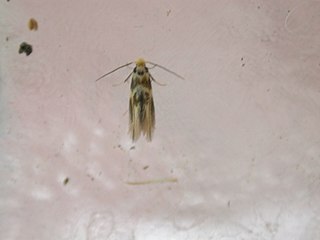
Bucculatrix thoracella, the lime bent-wing, is species of moth in the family Bucculatricidae, and was first described in 1794 by Carl Peter Thunberg as Tinea thoracella. It is found throughout Europe with exception of Ireland and the Balkan Peninsula, and in Japan, where it occurs on the islands of Hokkaido and Honshu.
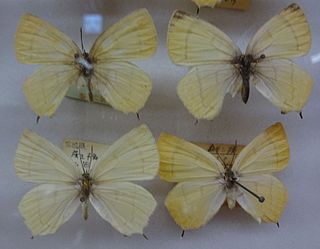
Shirozua jonasi, the orange hairstreak, is a butterfly of the subfamily Lycaeninae. It was described by Edward Wesley Janson in 1877. It is found in the Russian Far East, north-eastern China, Korea and Japan. It is widely distributed in the forest belt.

Erynnis montana is a species of Palearctic butterfly in the family Hesperiidae (Pyrginae). It is found in China, eastern Russia (Amur), Taiwan and Japan.

Favonius orientalis is an East Palearctic species of hairstreak butterfly found in China, Amur, Ussuri, Kunashir, Japan, and Korea.

Rapala arata is a small butterfly found in the East Palearctic that belongs to the lycaenids or blues family.

Japonica lutea is a small butterfly found in the East Palearctic that belongs to the lycaenids or blues family.
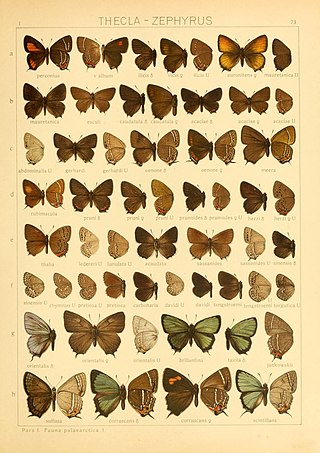
Chrysozephyrus brillantinus is a small butterfly found in the East Palearctic that belongs to the lycaenids or blues family.

Cupido lorquinii is a small butterfly found in the West Palearctic that belongs to the blues family.

Euphydryas intermedia synonym ichnea is a small butterfly found in the Palearctic that belongs to the browns family. It occurs up to 2200 m above sea level.
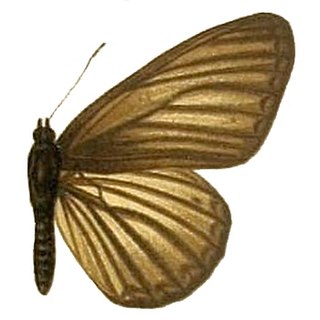
Aldania raddei is a butterfly found in the East Palearctic that belongs to the browns family.

















